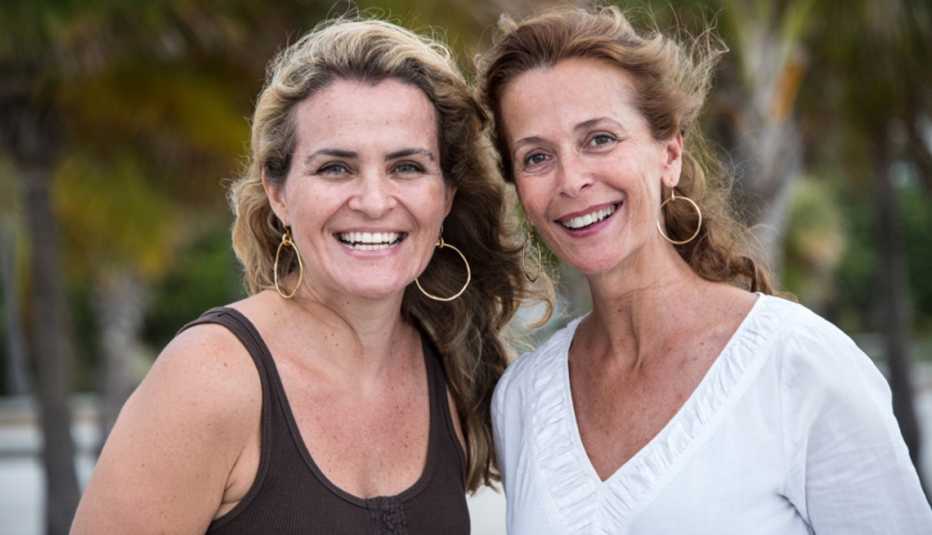Staying Fit


Sometimes a person's life undergoes such a radical transformation that the change was inconceivable before it occurred. One such gobsmacking event happens when you unexpectedly fall in love with someone who never would have pinged your "relationship radar" before. If a homosexual (or heterosexual) thought has never crossed your mind, for example, it can be doubly astonishing when — wham! — you suddenly find yourself attracted to someone of an entirely new gender.
That may sound unlikely, but as researchers are discovering, a person's sexual orientation is not carved in stone. In her influential book Sexual Fluidity, psychology professor Lisa M. Diamond chronicled her research on 80 nonheterosexual women over a period of 10 years. During that time, Diamond discovered, a significant number of the women had reported changing their sexual orientation. The most frequent cause for the U-turn? The "switchers" had fallen in love with a member of the opposite sex.


AARP Membership— $12 for your first year when you sign up for Automatic Renewal
Get instant access to members-only products and hundreds of discounts, a free second membership, and a subscription to AARP the Magazine.
These women were not unhappy being lesbians, but love, it seems, really can conquer all — including a person's lifelong sexual orientation up to the moment when she falls hard for someone of a previously ignored gender.
The research on men shows somewhat less flexibility. But Diamond and other researchers have compiled numerous case studies of gay men who spent years feeling (and acting) fully and comfortably homosexual, only then to fall unexpectedly in love with a heterosexual woman.
Recently, I interviewed two people who went through this sexual upheaval late in life themselves. Both said they had never even considered falling in love with someone of the same — or opposite — gender until they reached their 50s or 60s. Only at that relatively late stage in life did they undergo startling 180-degree turns in their sexual orientation. (While the facts of each case are accurate, I've used pseudonyms at the subjects' request.)
Violet — a tall, striking woman of 60 with snow-white hair — had never married, but she had enjoyed major love affairs with men. Intensely dedicated to her career, she became a TV executive at age 40. After her last relationship with a man ended in her 40s, Violet says she "gave up on love."
Then she met Susan.

































































More on Home and Family
16 Dating Apps for Over-50 Singles
Your guide to the most popular digital spots to find love